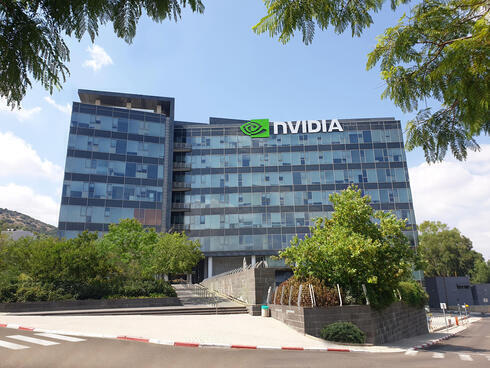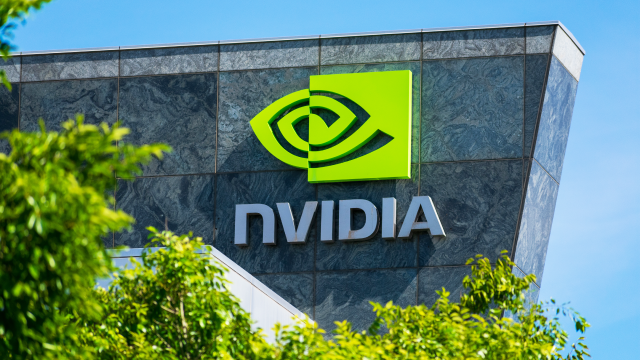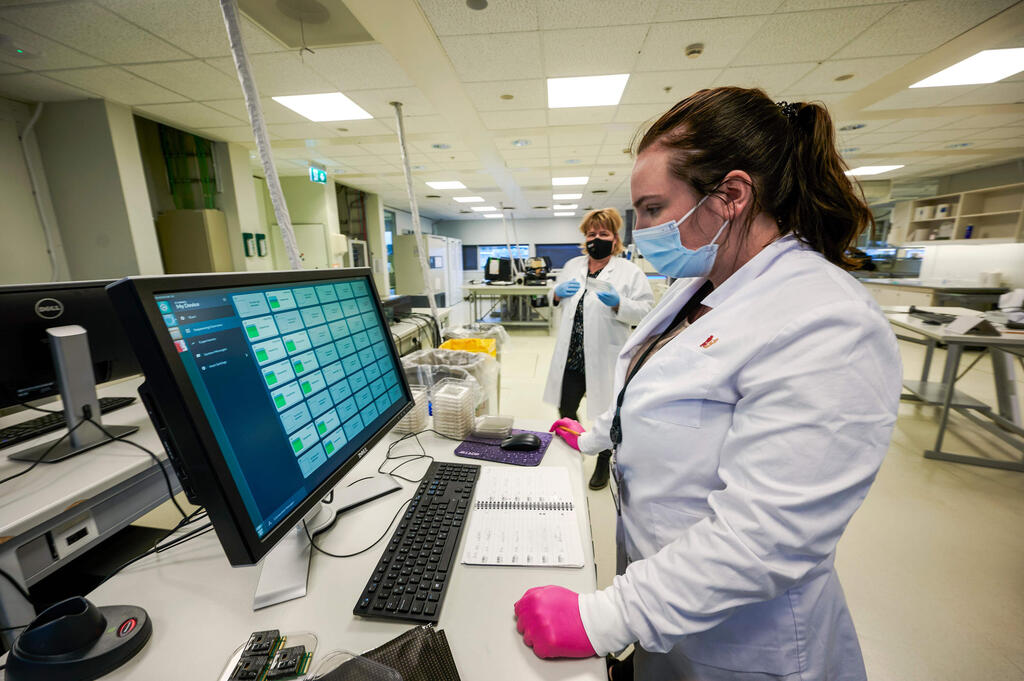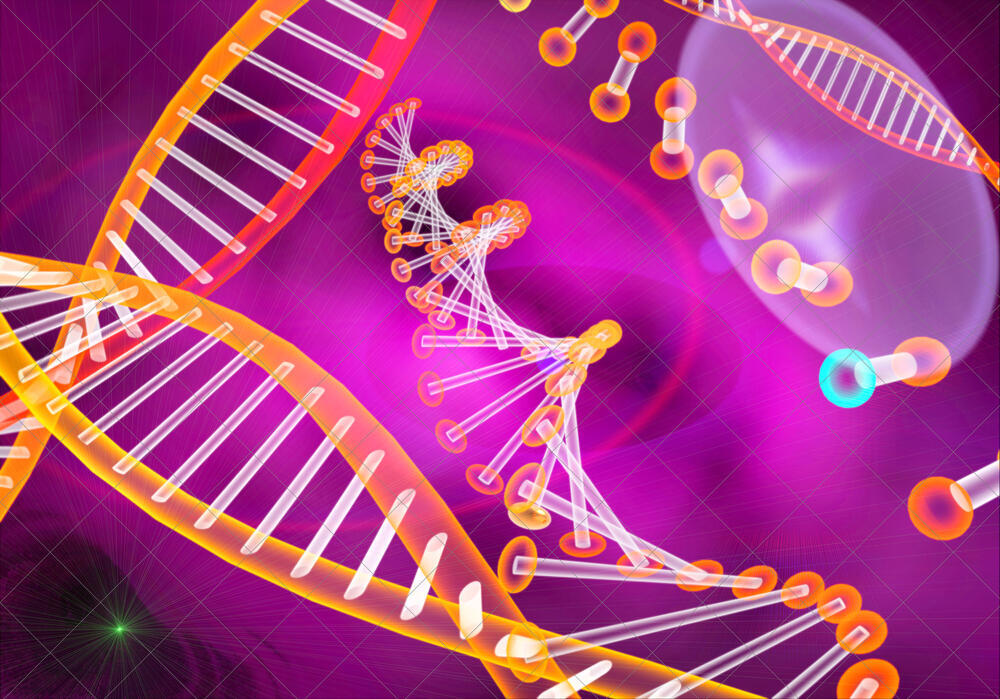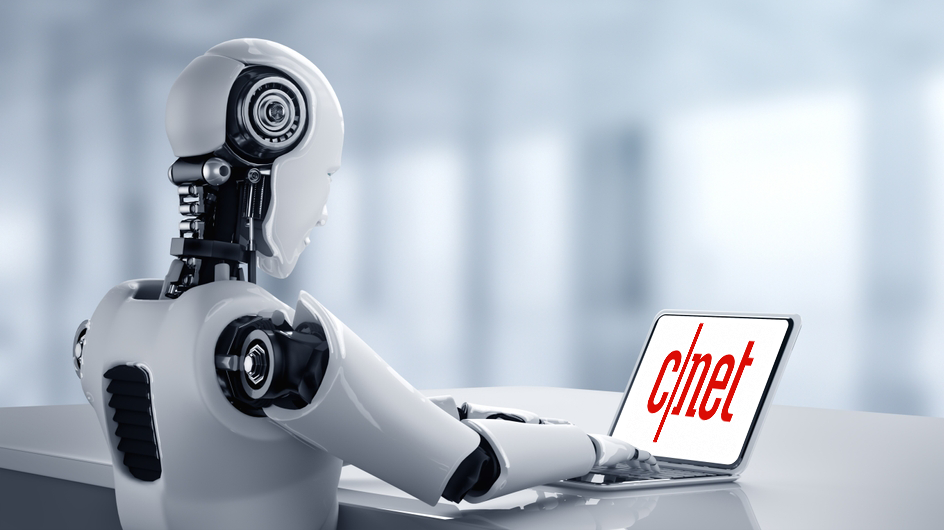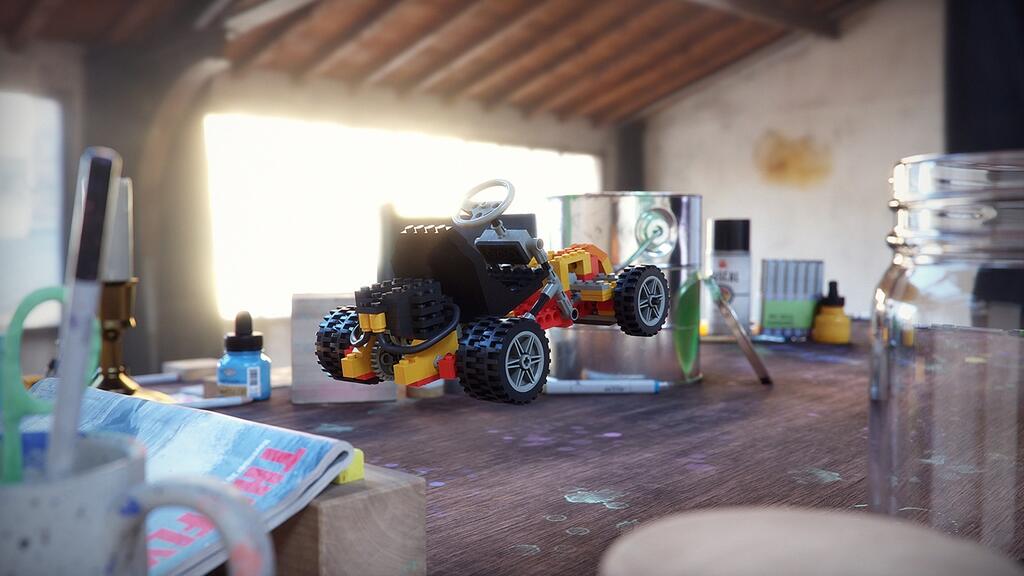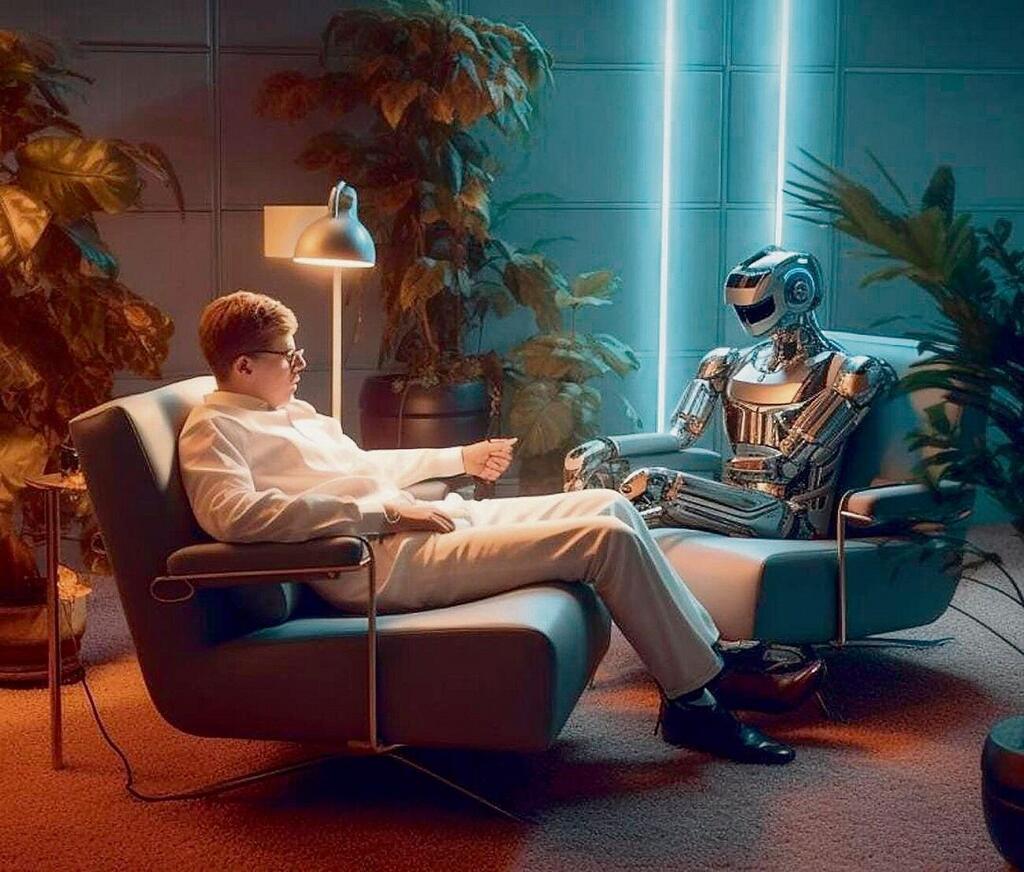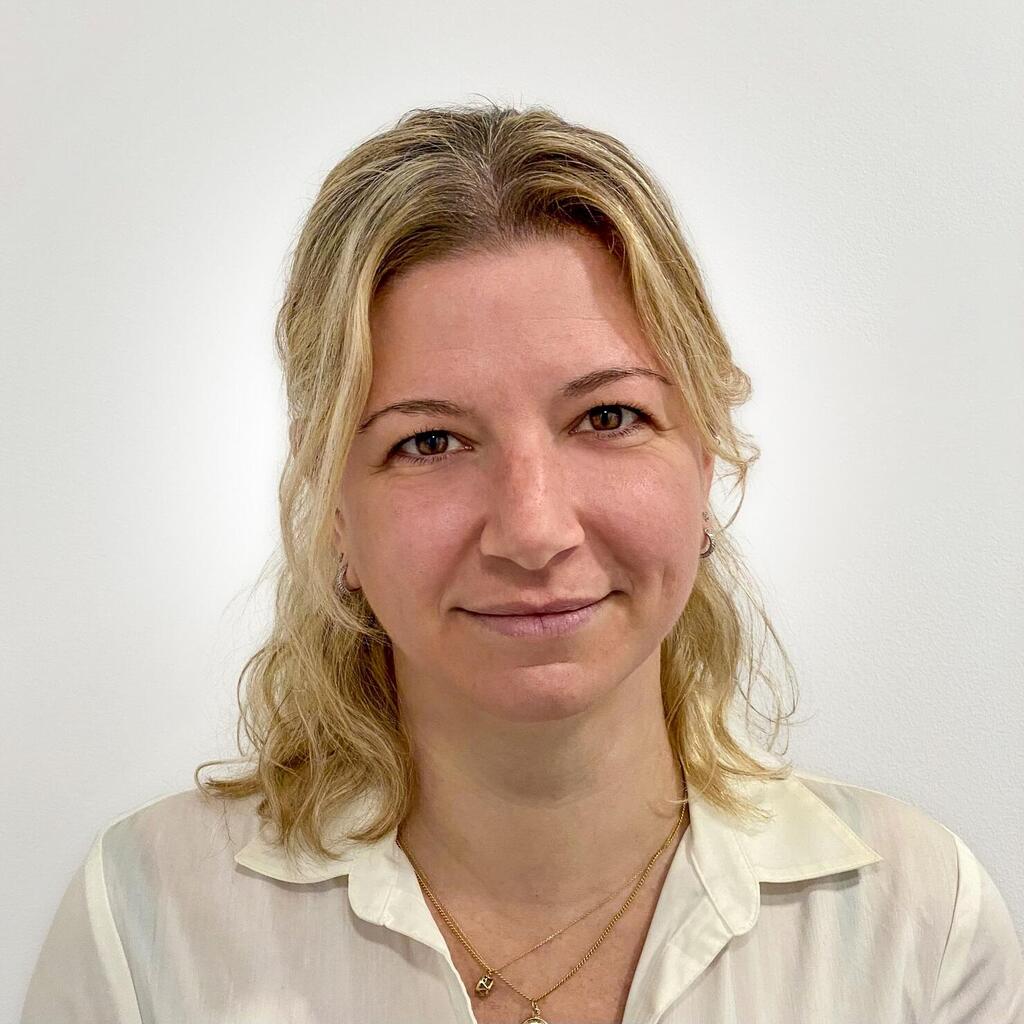Getting your Trinity Audio player ready...
Now's not the best of times for Israeli high-tech, to put it mildly, but even in the dead of summer, a slight breeze can be felt. Israel's economic engine has been faltering for the past 18 months.
Read more:
It started with a global crash, but in the meantime, the industry around the world began recovering and is on the up and up again, while the Israeli high-tech industry has been left behind amid the instability created around the government's legislative push to overhaul the judicial system.
This is probably not the only reason. A major part of the industry's recovery globally is attributed to the deluge of investments in AI. But unlike in academia, Israeli companies are just not part of the action. We are strong in security and cyber but as of today, investors are focusing on more cheerful issues such as text generators and imaging.
Nvidia, the world's largest chip maker and a major player in AI, which is the current belle of the ball, valued at over a trillion dollars, announced it was building a supercomputer in Israel, that will be called Israel-1. The computer which is expected to be the sixth most powerful in the world, will provide researchers with direct access to unprecedented processing and simulating speed. There is hope.
This is not the first vote of confidence from Nvidia, which has seen its stock go up 200% this year. The company built its second-largest research and development center in Israel where it employs some 3,200 Israelis (a third of its total manpower) and still has 300 positions to fill.
It purchased Israel's Mellanox Technologies for 7$ billion three years ago and today works with some 800 Israeli start-ups. The company that was founded 30 years ago to produce graphics cards for the gaming industry is profiting most from the current technological revolution. All known AI software runs on Nvidia technology and most of our online activity is based on it.
The supercomputer, made up of mostly Israeli-developed components – developed over the past 18 months at a cost of hundreds of millions of dollars, will begin operating sometime around the middle or end of next year. Besides research and development for Nvidia, it is supposed to provide a much-needed boost to our despondent industry. Such a computer is vital for participation in the world of AI.
Israel-1's processing speed will be eight quintillion per second and it will have a memory of 150 terabytes, sufficient for example for over 100,000 hours of HD video, equal to 11 years, and all this power will be remotely accessible via the cloud.
To answer the question "What can be done with a supercomputer," I chose to focus on several fields that are undergoing, and some that have already undergone, revolutionary changes. Some of these changes can do very good things for humanity and the planet we live on. Most of them are closely related to artificial intelligence (the reason for the construction of Israel-1).
At least in this article, there will be no doom and gloom about the future under the rule of software and machines. On the contrary.
Medicine:
Manufacturing new drugs and genetic sequencing
About two months ago, we learned that the first-ever drug created by artificial intelligence has reached clinical trials in humans. The drug is for the treatment of idiopathic pulmonary fibrosis, a group of diseases characterized by the development of scars in lung tissue.
The drug was developed by a Hong Kong-based company called Insilico Medicine. Many more drugs AI-developed are expected to follow. We are on the verge of a revolution in medicine.
At the base of this revolution are language models, like ChatGPT or Google's Bard, but instead of teaching them human language, these models have been taught to speak the language of proteins and chemistry. Nvidia has such a language model called NeMo, which can be trained in any specific field.
"The first human genome—all three billion letters of it—was mapped out about 20 years ago," explains Prof. Noam Shomron, head of the Applied Genomics Lab at the Faculty of Medicine at Tel Aviv University.
"Sequencing the first genome took more than ten years and cost over a billion dollars. The latest DNA reader (or sequencer), released half a year ago, can now read a human's genome from bow to stern in just one day and costs about a hundred dollars. I don't know of any technological field that has made such a huge leap as the world of DNA sequencing, including the world of computers.
“In other words, we are collecting more and more DNA data in labs, but computing power isn't keeping up with the pace. Therefore, there is great importance in the integration and use of supercomputers that will enable us to read, collect, define and understand as much as possible of that genetic material, the DNA."
But sequencing is not enough
"True, sequencing DNA and storing it is one thing, but understanding it is something else entirely. To understand DNA, it's not enough to read one person, not even a hundred or a thousand. We want to read the DNA of a million people and then compare it to their medical records. So far, the bottleneck has been the cost of sequencing, and now that this has been resolved, the bottleneck moves to the world of computing— and that's a gap that supercomputers are helping to close."
And how will they help? By comparing DNA between people?
"Yes. Think about it: within our DNA, there are about four million mutations or changes. Now, go ahead and compare your four million changes with my four million changes, with another person's four million changes— and we want to compare a million people. It becomes very complex. Supercomputers will help us not only technically in identifying these changes, but the next step will be to understand which changes lead to which traits and which diseases."
Nowadays, you already read in the newspapers that they have found the gene responsible for problem A and the gene responsible for disease B.
"Out of the three billion letters of DNA, we only understand a tiny fraction. Imagine you have a book at home and you can only read one sentence on each page. You flip through and don't understand the story... With supercomputers, we'll be able to better understand this 'secret language'— and the more we read, the more we'll understand."
And what about the development of new drugs?
"Drug development is a highly complex field. Besides DNA— the code we are born with— there's also RNA, which is the translation, or expression, of the DNA, and the proteins that carry out functions in cells and the body. This is how most drugs work: they bind to proteins in our body and engage in a variety of interactions, some of which block nerve transmissions like pain, some enhance other transmissions, and some affect the way our body breaks down or uses various substances."
“Proteins,” Shomron continues, “have a complex three-dimensional structure. Only very high computing power allows us to take a protein and fold it in various ways until we achieve the optimal structure that gives the right function.
“If we had to produce 100 different proteins that slightly differ from each other, it would take many years. With supercomputers, we can be smarter about the design—saving us time in the lab. This way, we'll create personalized drugs with fewer side effects and lower dosages.
“Think about a spaceship that wants to land on a new planet; it orbits around and looks for a comfortable place to land—this simulates what we're doing with supercomputers and the three-dimensional structure of the protein.
“We want to design a drug that will fit exactly in the right place to either inhibit or enhance a particular protein. The supercomputer will give us a clear view and a landing map on this new planet: the planet of proteins."
That's the most touching explanation I've got so far. What else does the supercomputer hold for the future of medicine?
"When we understand how the human body works, we can build a complex and accurate simulation of a human—something that could only run on supercomputers—and we can predict and develop more precise and effective drugs. It will take a few years, but eventually, we could even eliminate the need for human trials."
Could you, for example, create a model of me and tailor a drug specifically for me?
"Yes. In my lab, we're trying to build a virtual avatar of a person based on their DNA. With enough data, we could actually simulate that specific person. It's still a distant dream, but I believe that one day we'll get there."
Make me one! I want a digital twin.
"When it's ready, you'll be the first."
Artificial Intelligence:
Strengthening Israeli research:
AI is at the core of the Israeli supercomputer Israel-1—it's what takes various capabilities like storing massive amounts of data (and retrieving it) and strong computing power, and connects them to inference and reasoning capabilities across different domains.
Prof. Yossi Keshet is an artificial intelligence researcher specializing in language and speech at the Faculty of Electrical Engineering and Computer Science at the Technion and the chief scientist at aiOla.
His research focuses on the acoustic and speech aspects of language, dealing with fascinating questions such as why languages exist in the world, how they change, and what causes different accents. He is also a leading voice in the field of artificial intelligence; the next generation of Siri will come out of his lab at the Technion.
How does a supercomputer affect your research?
“There are tasks that can be solved with unlimited computational power. For example, if I want to crack your ATM code, I'll run through all combinations until I find it; it's a matter of time and computational power. But there are also tasks that we currently still don't know how to solve, even with immense computational power.
For example, problems like object identification in autonomous vehicles, or automatic identification and transcription of speech. We're close, but we haven't solved it yet. Some may argue with me, but it's possible that even infinite data fed into an algorithm won't solve these problems, because understanding something more fundamental and deep is required for that."
Prof. Keshet talks about the two most significant issues in the field of artificial intelligence today: the problem of common sense reasoning and the problem of ethics.
"The problems we have with language are the same as those in autonomous vehicles: ethics and common sense," says Keshet.
"Artificial intelligence lacks both. AI systems learn automatically. They read a tremendous amount of data. But no matter how much data we feed them, we still don't know how to imbue these programs with common sense. They fail to answer basic questions that any child could answer."
How will a supercomputer help?
"Even if computational power alone won't solve the problem, supercomputers like Israel-1 will enable the continuation and deepening of research, offer solutions and test them, which is difficult to do today.
I'm proposing a new algorithm, a new method, for instilling common sense into these programs. To train them, I need a supercomputer. If Nvidia allows us to use this computer, it will give Israel a significant advantage and elevate Israeli research to new levels."
And what about ethics?
"That's a very important issue—the alignment between human ethical thinking and what AI thinks is ethical. In my opinion, this is also a deep issue related to the physical structure, not just data. There are things that every child knows about ethics that computers have no idea about. I wouldn't want to give the software countless scenarios of what is forbidden, but rather tell it just once or twice, like a child, 'That's not allowed.'
These are things that are easy to say in speech but very difficult to formulate in an algorithm. To explore the issue of ethics, you also need a supercomputer. And if it's in Israel—that's cool. We are already leading in terms of research, and this will give us a serious boost."
Autonomous cars:
Training the car faster:
The biggest obstacle standing between us and the autonomous car is training the computer, meaning the car itself. Consider that to train a car to drive on its own, you need to train it in winter, summer, fall and spring; in the morning and at night; in hot and cold weather; and in every location, against all traffic lights, road signs, birds and all possible scenarios on the road—which are infinite. Training a car in the real world is essentially impossible, and this (along with issues of ethics and logic) is what's holding back the industry.
Here comes into play a concept I first encountered, "synthetic data," meaning: information that doesn't come from the real world (real? what does that even mean?), but is generated by a computer.
"The world of synthetic data is critical for the autonomous car," says Liron Friend Saadon, head of Developer Relations for Israel and the Middle East at NVIDIA. Here is where NVIDIA's years of experience in gaming come into play. The company has reached very impressive simulation capabilities until someone had a eureka moment.
"You are essentially creating worlds that are almost identical to the real world, driving cars in them - and can play with the world. It's like a game, but at the highest and most accurate level, just like in the real world. It requires a lot of computing, graphics, etc.
“Only in the last two or three years have we managed to reach a state where the world in simulation looks real. It's already hard to say it's not real. Now the autonomous car doesn't have to go out on the road, you set the computer in the 'real world' and see how it reacts, down to the smallest details like tire friction on a specific road in Dimona."
This, of course, greatly changes the ability to advance autonomous vehicles. These simulation capabilities, combined with high computational power, can be taken anywhere; not just for medicine, the human body, and cars, but essentially for almost everything. Think about a whole world undergoing computerized simulation.
"Now we are heading in the direction of 'digital twins'—a concept being embedded in many industries. If you want to design a factory, or a hospital, we create a digital twin of the factory and simulate it under all scenarios. We have the ability to simulate physical conditions—think about the world of robotics. You don't need to create a robot and test it in the real world; you create a twin of the robot and send it into a simulation of the real world."
To create these digital twins, the company has developed Omniverse, a platform for a three-dimensional ecosystem, a software environment that combines the various capabilities mentioned and can integrate synthetic data with real data.
"I work with many places around the world," says Friend Saadon, "and the hunger of Israeli research—you don't find that in many places. Think of this computer as essentially a playing field where all the best players come to play—it can propel research forward."



